Calculating Resultant Force Using Parallelogram Method
This is especially obvious when summing two vectors. O o o o 7340 180 10660 10660 7 2 cos 2 70 40 70 40 90 cos 90 70 40 2 70 40 cos 2 2 2 2 Or.

Add Vectors Examples Solutions Videos Worksheets Games Activities
In school weve been using the parallelogram method to calculate the resultant force of 2 forces.

Calculating resultant force using parallelogram method. We draw a line at the head of each vector parallel to the other vector. Ive noticed the teacher using his calculator to give the answer so I think there must be a formula to calculate Resultant force. The magnitude of the resultant can be accurately measured.
Pdf 18111 KB. I only created the ppt other resources have been put together by others in my department and online. EqR sqrt A2 B2 2 AB cos theta eq where.
As the first step we flip the direction of vector to create vector -. For your Problem 1. Getting Vector Resultant Using Polygon Method 2.
Very simple intro to calculating resultant forces using parallelogram scale drawing method. The diagonal of the parallelogram PBCA is the resultant force R which forms two scalene triangles with the forces F 1. In order to calculate the magnitude and direction of a resultant force or to calculate the value of one force component or another we can use the law of sines and the law of cosines.
EqA eq and eqB eq are. The head to tail method to calculate a resultant which. Determine the resultant of the two forces by graphical measurement.
Analytical Method for Resultant Force-Parallelogram Law of Forces. Calculate the resultant force vector using parallelogram law of forces. tan-1 146889 557536 56 This 56 angle is the angle between the resultant vector drawn in black above.
There are a two different ways to calculate the resultant vector. This method involves properties of parallelograms but in the end boils down to a simple formula. Finding resultant force using graphical method.
We draw a parallelogram to help us find the resultant force. AQA AS Physics Spec. Resultant vector using parallelogram method.
R P Q2 2PQ cos R P Q2 2PQ cos Ex. R is the resultant of A and B R A B This is the resultant in vector. Methods for calculating a Resultant Vector.
The following diagram shows the resultant of two forces. The head to tail method to calculate a resultant which involves lining up the head of the one vector with the tail of the other. According to the parallelogram law of vector addition the magnitude of the resultant is expressed as.
Ie draw the parallelogram neatly to scale and obtain the answer by directly measuring the angle and magnitude. Find the angle between a force of 70 N and a force of 40 N if their resultant has a magnitude of 90 N. For your drawing use a scale of 2 kN 1.
Calculating Resultant Forces Vector Diagrams Graphs Work Done Calculations Equilibrium Parallelogram Of Forces Tension Vector Forces Gcse 9 1 Physics Igcse Revision Notes. According to the parallelogram law of vector addition the magnitude of the resultant is expressed as. Can someone tell me the formula please.
The parallelogram method to calculate resultant vector. Parallelogram method The resultant can be represented graphically by the diagonal of the parallelogram formed by using the two force vectors to determine the length of the sides of the parallelogram. This video shows how to find the resultant force of two vectors using the parallelogram method.
Resultant force Vector Drawing Using Parallelogram Method. We draw a parallelogram to help us find the resultant force. Consider that in a parallelogram the magnitude of a vector P as 3N another magnitude of vector Q as 4N and angle between two vectors is 30 degrees.
This video shows how to find the resultant force of two vectors using the parallelogram method. Using the principle of the parallelogram of forces and focus on the left of the diagram. If you draw the lines a-b 60 cm parallel to action line o-c and line b-c 50 cm parallel to action line a-o then the diagonal of 95 cm gives you the resultant distance which equates to a resultant force.
Examples to Explain in details how to find the resultant of two forces with angle between them using the parallelogram method. 100m A 600m B400m C 300m 54 3. This is a video explaining the steps and doing an example to add two vectors to determine the NET vector.
Calculate the magnitude and direction. The Resultant Force by Parallelogram of Forces is described as the total amount of force acting on the object or body along with the direction of the body is calculated using resultant_force sqrt Horizontal pressure 2 Vertical pressure 2. The head to tail method to calculate a resultant.
The parallelogram method to calculate resultant vector. The parallelogram method to calculate resultant vector. Find the resultant force.
To find Resultant force vector using parallelogram law of forces.
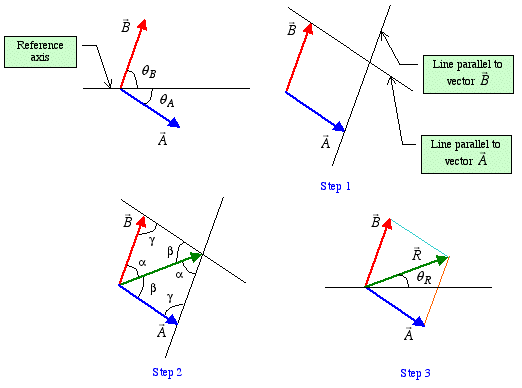
Vector Analysis Parallelogram Law

How To Calculate The Resultant Force Acting On An Object X Engineer Org

Find The Resultant Force Using The Parallelogram Method Youtube

Drawing A Parallelogram Of Forces Youtube
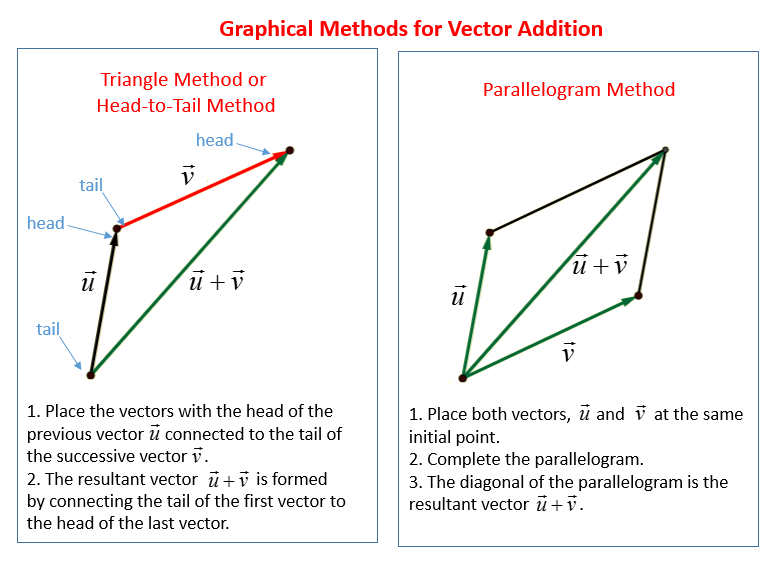
Add Vectors Examples Solutions Videos Worksheets Games Activities

How To Know What Method To Use When Finding Resultant Forces Physics Stack Exchange

Law Of Parallelogram Parallelogram Law Resultant Of A Force System Youtube

How To Know What Method To Use When Finding Resultant Forces Physics Stack Exchange
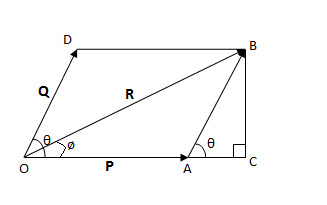
Parallelogram Law Of Vector Addition Mathstopia
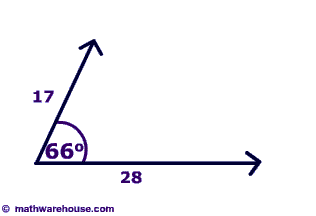
Resultant Vector How To Calculate A Resultant Using The Parallelogram Method And The Head To Tail Method A Resultant Is Simply

How To Calculate The Resultant Force Acting On An Object X Engineer Org

Parallelogram Law Of Vector Addition Questions And Answers Tutor 4 Physics
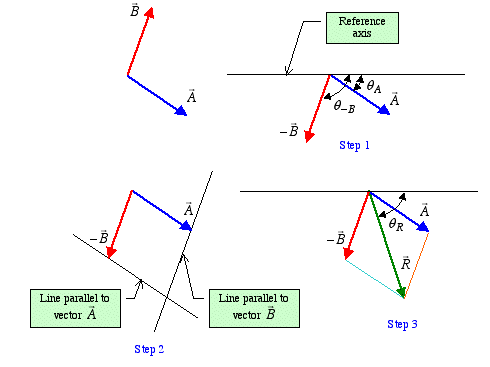
Vector Analysis Parallelogram Law

Parallelogram Law Of Forces Definition Formula Examples Youtube

Find The Resultant Force Using Parallelogram Method Study Com

Post a Comment for "Calculating Resultant Force Using Parallelogram Method"